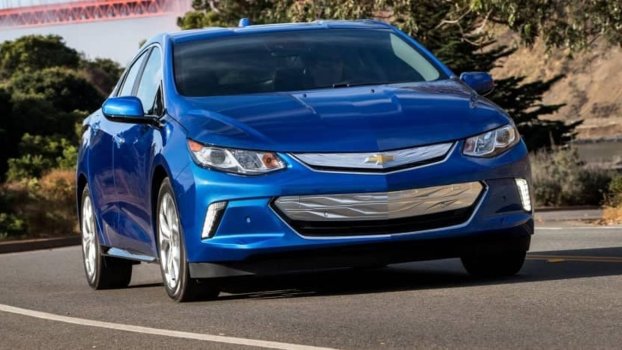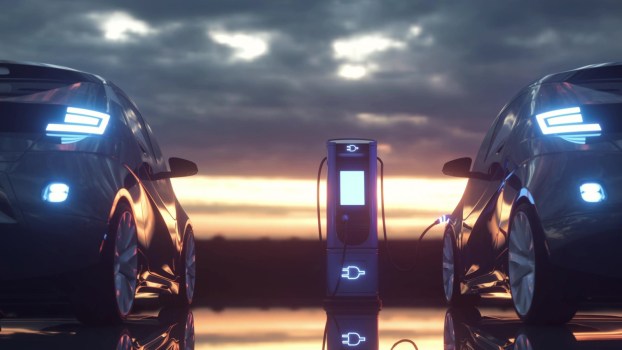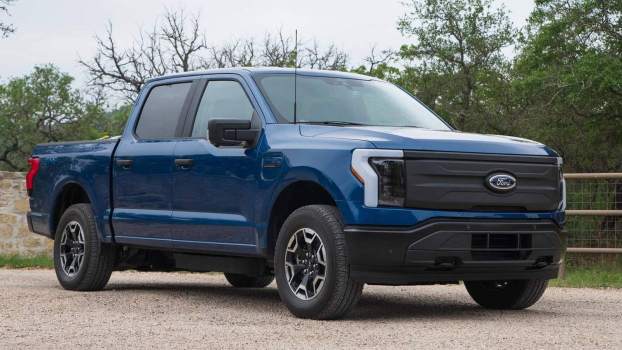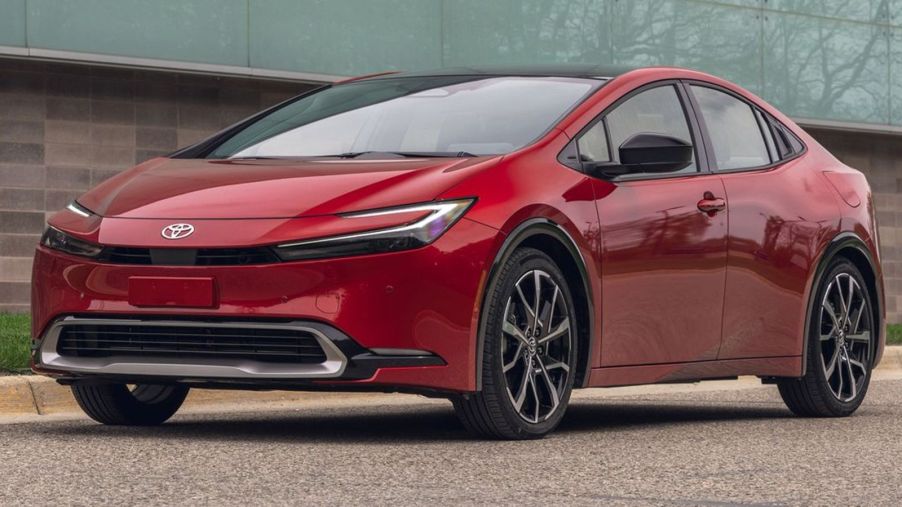
Are Hybrids the Solution to the Most Important EV Problem?
Many automakers recently announced EV production cuts. The initial surge into the electric vehicle market has passed and consumers are looking for more reasons to ditch their gas-powered vehicles in favor of EVs. Many fully electric vehicles present challenges that consumers don’t desire, but hybrids could be a fitting transition from gasoline and help answer the most important EV question.
What problems do EV owners face?
The sudden movement from gas to electric leaves many drivers wondering if tis is the right thing for them. Reports of software glitches, manufacturer delays, unreliable charging stations, and higher prices are all EV turn offs. Toss in the sudden arctic cold that swept the country in January and many EVs suddenly faced driving range problems that hadn’t been part of the equation until this sudden blast of cold air.
Despite these problems, Americans purchased nearly 1.2 million EVs last year, which was lower than most experts anticipated, but still a record high. Some manufacturers are cutting EV prices, and rental companies, like Hertz are selling used EVs for cheap, making it easy to buy a late model Tesla Model 3 for less than $23,000.
Are there enough EVs to reach the ultimate goal?
More electric vehicles are on the road than ever before. Still, hybrids could be the answer to the ultimate EV quandary. Electric vehicles are expected to be the catalyst to mitigating climate change by significantly reducing global greenhouse gas emissions. Unfortunately, the current pace isn’t fast enough to slow climate change as expected.
According to Vox, transportation in the United States accounts for 29 percent of all greenhouse gas emissions. Light-duty vehicles make up 17 percent, which is a healthy figure. The current goal is to cut pollution by 38 percent by 2030, but EV sales aren’t going to cut it. This is where hybrid vehicles come in.
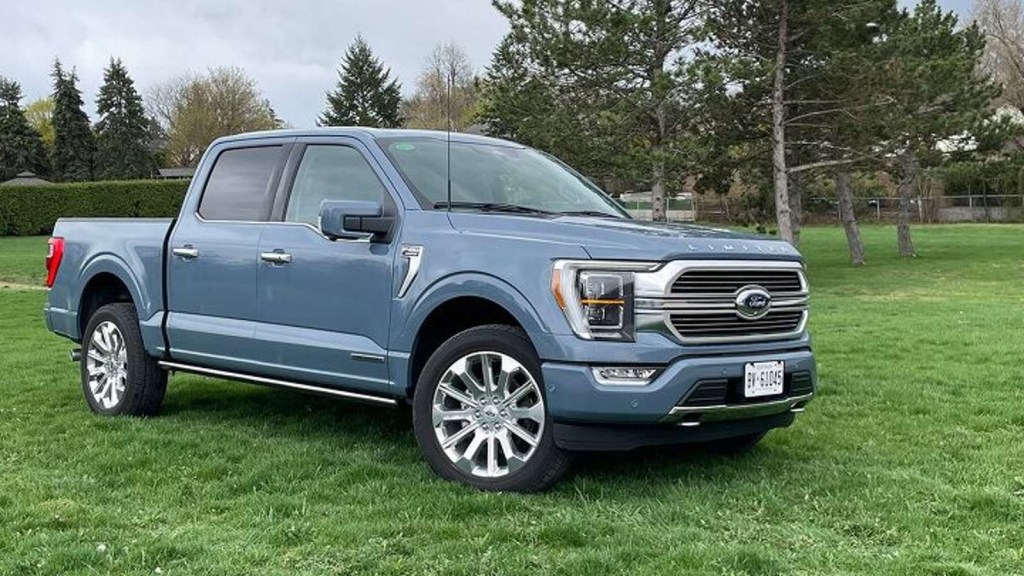
Hybrid vehicles provide the ideal bridge to EVs
Some automakers have taken a proverbial step back and announced plans to build more hybrid vehicles in the upcoming years. Many had either avoided building hybrids or deleted them from lineups in favor of fully electric vehicles. That said, the combination of an electric motor for some driving and a gas engine for the rest provides an ideal bridge for consumers to transition to EVs.
In addition to being a strong transition, traditional hybrids and PHEVs allow consumers to use gasoline. This means they can refuel at the more than 145,000 gas stations around the country. Currently, electric charging stations aren’t as available to the public. These hybrids deliver impressive fuel mileage and produce lower emissions than traditional gas-powered vehicles.
Although hybrid vehicles aren’t zero-emission models, they could be the answer to how Americans can begin to reduce pollution and greenhouse gas emissions. Hybrid and PHEV models offer the desired transition while fully electric vehicles continue development to solve current EV problems.
